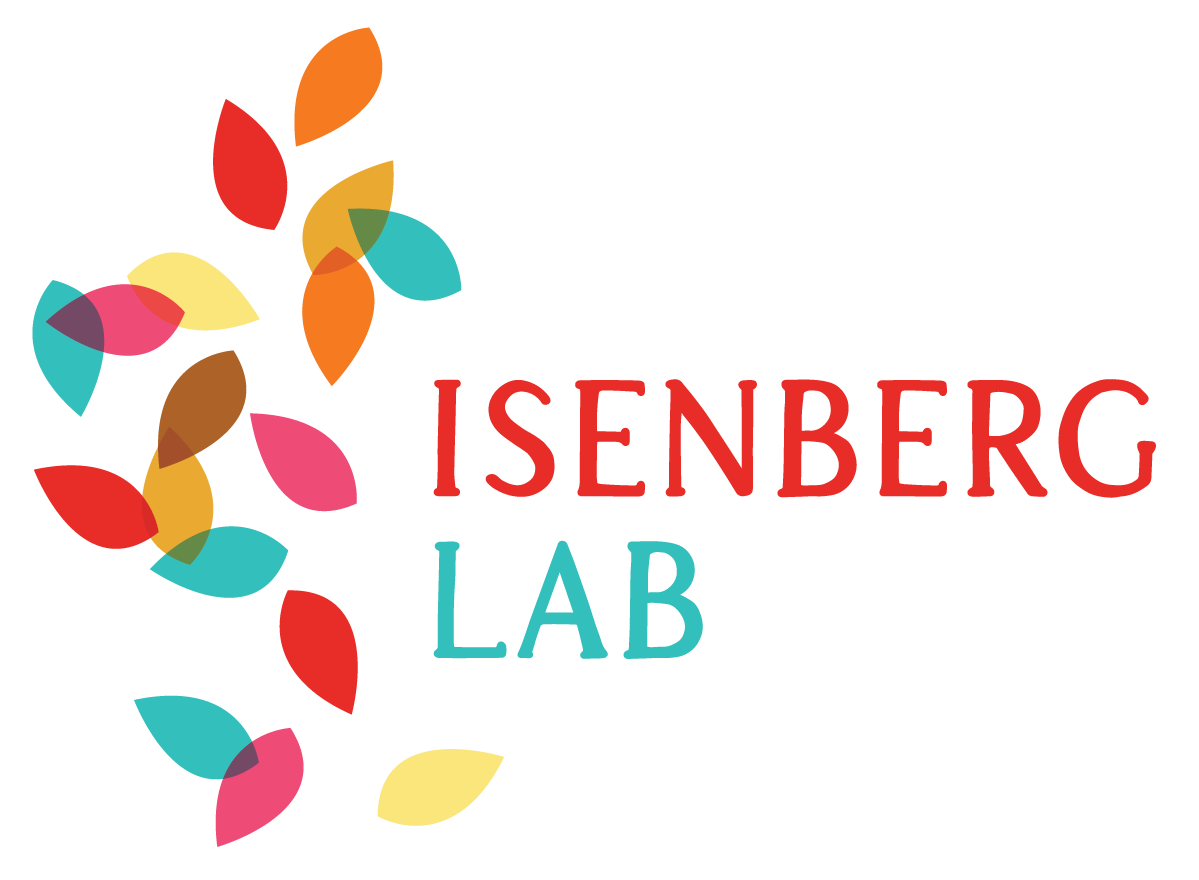



-
An actor first and foremost, Julie Le Gal has expanded her artistic practice into photography, filmmaking, and visual storytelling. Born into a Toronto theatre family and trained in the Michael Chekhov Technique, she brings a performer's sensitivity to all her visual work.
While maintaining an active acting career (with appearances in CBC/SyFy productions), Julie developed parallel passions behind the camera. She studied film photography under Tim Matheson in Vancouver, mastering the art of capturing performance in still images. This evolved naturally into filmmaking, where she applies her theatrical understanding of composition and timing.
Her directorial debut, …how I die - Die Faehre (2016), is a Berlin-set documentary that demonstrates her actor's approach to visual storytelling - patient, observant, and deeply attuned to human moments. Having lost her father to cancer at a young age and her mother in her early twenties, Julie is very connected to the theme of dying in dignity and seeing dying as a stage of life. The film received critical acclaim on the festival circuit.
Julie continues to work across disciplines, collaborating with visual artists and musicians while developing new projects. Based in Wakefield, Québec, she maintains a practice that bridges performance and visual art, always informed by her roots as an actor.
-
…how I die… is a photographic series that translates Julie LeGal's award-winning documentary (…how I die…Die Faehre) about Halina Kremser into a profound visual meditation on dying well.
These stills capture Halina's remarkable journey in a Berlin hospice - a young woman facing terminal cancer with interest and intentionality. Through intimate moments of connection with her child, family and friends, and her preparations for a last journey to the family studio, the series embodies the essential elements of a good death: autonomy, dignity, comfort, and meaningful relationships.
One photograph shows how Halina's anthroposophical care - with its holistic focus on spiritual, emotional and physical needs and which creates space for her to maintain agency and find beauty amidst decline. Another image shows her with her daughter on an outing at the country studio and the third is of her photographing her windowsill flowers. The fourth image is a collage of stills that don’t appear in the film of Halina exploring being in a dying body in front of the camera.
The work invites deeper contemplation of how we might reframe dying from something to be feared to a final, meaningful chapter of living. The series challenges conventional narratives by capturing Halina's brightness, thoughtful preparations, and quiet moments of connection - revealing how even in life's finite moments, there exists profound potential for presence and even joy.
The collection will also include a QR code in the description that gives direct access to the free online film for viewers to watch as their time and comfort supports.
Additionally, being printed on acrylic, the images meet IPAC standards and are easily packed as they form a same-size collection, ensuring both accessibility and practicality for exhibition and distribution.
…how I die does not simply document Halina’s journey—it invites us to reconsider our own relationship with mortality. In a world that often shies away from conversations about death, this series stands as a testament to the possibility of dying with intention, grace, and even joy. It is a call to re-imagine end-of-life care, to prioritize dignity and connection, and to recognize that the final chapter of life, when met with support and compassion, can be as meaningful as any other.



